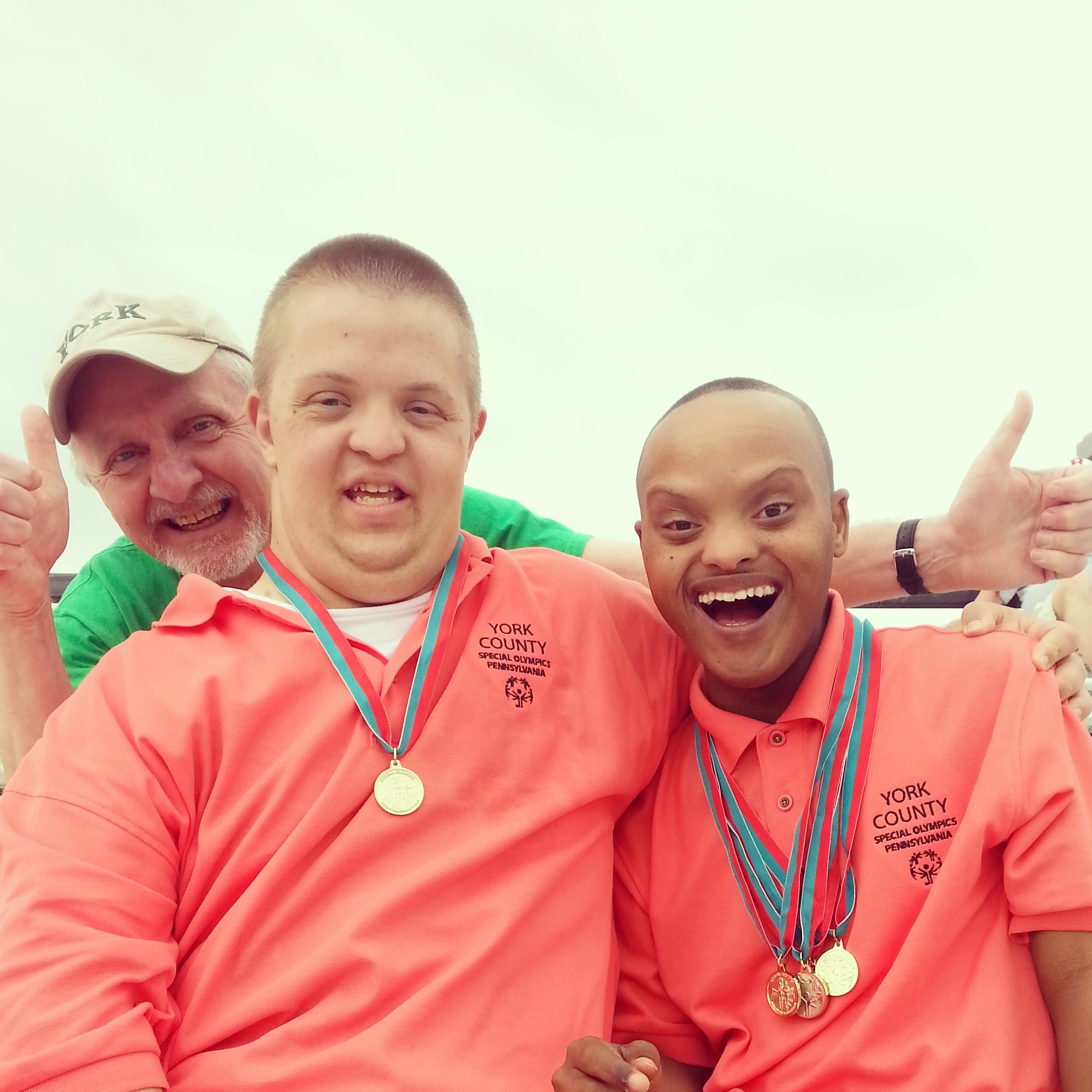Elements of Well-Being
by Brian Malcarne, Assistant Professor, York College of PA, and Jeff Witman, Professor Emeritus, York College of PAOne common daily interaction that regularly produces a fair amount of lying rather than truth telling is . . .Hi.How ya doing?Fine thanks, and you?Doing well.The probable reality is that neither of these dialogue responses is close to the truth. For many people, the honest response to “How’s it going?” would be “Don’t even ask!” or perhaps “Not so hot”. “Hanging in there” is another frequent response that indicates a less than positive mindset. In discussing his response to ALS, Steve Gleason rejects this mindset stating: “I have no intention to hang in there or survive. I intend to keep living a purposeful, productive life, and do what I love.” This brings us to the preferred state of being – GREAT! Thriving instead of just surviving. Lynn Anderson and Linda Heyne described this mindset as FLOURISHING, a sense of well-being across the domains of our existence characterized by successful, satisfying engagement with life. Well-being suggests a healthy outlook and engagement in life balanced across multiple domains of functioning (e.g., psychological/emotional, cognitive, social, physical, spiritual). Social scientists have identified a variety of key factors related to people’s sense of well-being. A collection of these key factors may serve as a useful framework for understanding and fostering well-being and flourishing within our realm of influence. Such influence starts with our own personal life and extends to the professional environments and interactions we share with others (e.g., clients, coworkers). For example, are we as professionals helping participants in our activities and programs experience the valuable outcomes related to well-being? From the work of Martin Seligman (PERMA Model) and Carol Ryff (Model of Psychological Well-Being), consider the following key factors associated with well-being and flourishing:Positive Emotions – In addition to the expected positive emotions of happiness and joy, there is a potpourri of several forms of positivity to boost well-being including gratitude, pride, serenity, inspiration, confidence, and self-assurance (to name a few). It is important to be mindful of what we are trying to use programs to accomplish. How can we infuse our programs with opportunities for participants to better experience positive emotions? Check Barbara Fredrickson’s Positivity Scale for a notion of your current level of positivity.Engagement – Engaging in life and pursuing our interests is a powerful way to experience enjoyment and enhance well-being. When we are absorbed in the moment, we are most likely to achieve a state of flow also described as optimal enjoyment by Mihaly Csikszentmihalyi. Achieving flow within our programs begins with the fundamental principle of finding a good balance between participant skill levels and activity challenge.Relationships – Strong positive emotions come to each of us through good friendships and meaningful social connections. These connections provide an important form of support to well-being including access to information, empathy, honest feedback, and help when you need it. When expertly facilitated, programs can be a powerful way to foster participant connections and expand social networks.Meaning – It is important for all of us as individuals to feel a sense of meaning and purpose in life. Positive emotions and well-being improve when we are having a positive impact on something beyond ourselves -- and to know that what we are doing matters! How can we provide programs that are worthwhile to participants and connect them to something with deeper meaning? Knowing what participants have a heart for begins this process.Accomplishment – The process of successful accomplishment offers our well-being a boost through positive emotions along the way. There is something healthy about setting and working toward goals – negotiating challenges along the way. Certainly, reaching a meaningful goal provides a positive culminating experience of success. Similar to other areas of life, setting and accomplishing goals in our free time pursuits and activities can provide opportunities for accomplishment.Self-Acceptance – How we think about ourselves is important to our well-being. Honest awareness of who we are (both good and bad), being comfortable with who we are, and having an overall positive attitude toward ourselves (present and past) represents a high sense of self-acceptance. Programs that allow for self-introspection and support free from judgment can help provide a context for healthy and productive self-reflection, awareness, acceptance, and development.Autonomy – Critical for well-being and motivation to flourish in life is having a sense of control and independence with opportunities to express our preferences and exercise choice. Of course, people can choose whether to get involved in our program offerings. Once in our programs, do we continue to offer opportunities for choice within the structure and processes of our activities? All of these identified elements of well-being seemed evident the day 2 friends (pictured below) rocked York County’s Special Olympics Spring Games.
 How is our level of well-being and how well do our programs promote well-being for participants? Consider using the following scale to assess participant well-being and/or evaluate impact of activities and programs on participant well-being. Well-being ScaleRate your level of agreement with each outcome: 0 = strongly disagree
1= moderately disagree 2= slightly disagree 3= slightly agree
4= moderately agree 5= strongly agree
How is our level of well-being and how well do our programs promote well-being for participants? Consider using the following scale to assess participant well-being and/or evaluate impact of activities and programs on participant well-being. Well-being ScaleRate your level of agreement with each outcome: 0 = strongly disagree
1= moderately disagree 2= slightly disagree 3= slightly agree
4= moderately agree 5= strongly agree- ______ experience positive emotions
- ______ make choices and act upon them
- ______ feel good about who they are
- ______ are turned off to working with others
- ______ experience success
- ______ are frustrated by the difference between what they are and what they would like to be
- ______ connect and identify with the group
- ______ experience meaning and purpose
- ______ experience a level of challenge that’s a good match for their skills
- ______ have pleasant, enjoyable experiences
- ______ accept their strengths and weaknesses
- ______ have their preferences respected
- ______ fail to meet their goals
- ______ develop positive relationships with others
- ______ are bored by tasks that are too easy or frustrated by tasks that are too hard
- ______ accomplish things
- ______ are completely absorbed in the tasks in which they participate
- ______ have little control of what will be done and how it will be conducted
- ______ sense that what they are doing is not important
- ______ experience being part of something that is bigger than “self”
- ______ experience negative emotions

